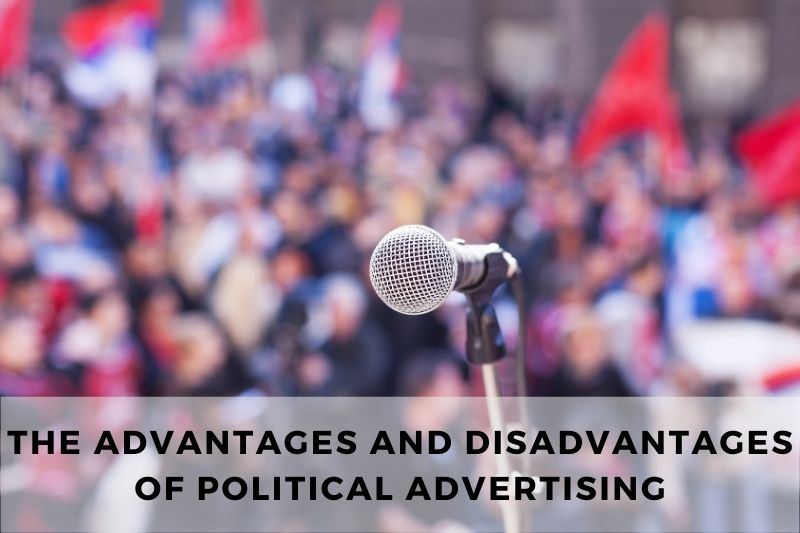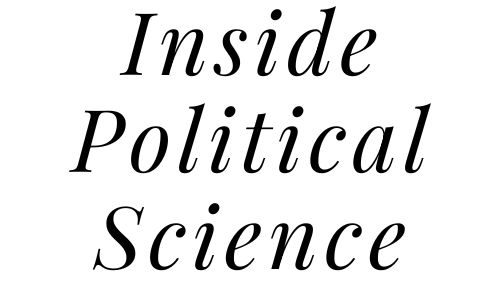
Political advertising plays a significant role in modern democratic societies, serving as a tool for candidates and parties to communicate their messages to the electorate. Just before elections, political advertisements are omnipresent, bombarding voters through various mediums – online and offline. While political advertising offers several advantages, they can also pose notable drawbacks and hurt candidates more than they help them. This article aims to dissect the pros and cons of political advertising, shedding light on its impact on voter behavior, public discourse, and the democratic process as a whole.
Let’s dive in!
Advantages of Political Advertising
#1. Increased Voter Awareness
Political advertising acts as a catalyst for enhancing voter awareness about candidates, their policies, and the prevailing issues. For instance, during a presidential election campaign, televised debates and candidate advertisements provide voters with insights into each candidate’s stance on important topics like healthcare, economy, and foreign policy, helping them make more informed decisions at the ballot box.
#2. Platform for Candidates to Communicate
It provides candidates with a direct platform to communicate their visions, agendas, and solutions for societal challenges. For example, through social media platforms like Twitter and Facebook, candidates can engage with voters in real-time, addressing their concerns and showcasing their leadership qualities, thereby establishing a more personal connection with the electorate.
#3. Ability to Reach a Wide Audience
Political advertising possesses the power to reach a vast audience, transcending geographical boundaries and demographic differences. Take, for instance, televised campaign ads during prime-time slots, which have the potential to reach millions of viewers across the country, ensuring that candidates’ messages resonate with a diverse array of constituents. and modern political advertising techniques can micro-target voters based on very specific, individual characteristics.
#4. Encouragement of Political Discourse and Debate
By sparking conversations and debates around key issues, political advertising encourages citizens to engage critically with politics. For example, controversial campaign ads often prompt discussions among voters, leading them to evaluate candidates’ claims and counterarguments, thus fostering a more informed and engaged electorate.
#5. Potential for Mobilizing Supporters and Volunteers
Effective political ads have the potential to mobilize supporters and volunteers, rallying them behind a candidate’s cause. For instance, inspirational campaign commercials highlighting a candidate’s values and achievements can galvanize individuals to volunteer for phone banking, door-to-door canvassing, and other campaign activities, thereby bolstering grassroots support and energizing the campaign.
#6. Competitive Advantage
Strategic use of political advertising can provide candidates with a competitive edge over their opponents. For example, targeted digital ads tailored to specific demographics can help candidates effectively communicate their message and sway undecided voters, ultimately influencing voter perceptions and preferences in their favor.
#7. Platform for Issues Advocacy
Political advertising serves as a platform for advocacy on important societal issues. For instance, issue-based campaign ads focusing on topics like climate change or healthcare reform raise public awareness, mobilize support, and pressure policymakers to address these pressing concerns, thereby facilitating progress on critical social and political issues.
Disadvantages of Political Advertising
#1. Negative Campaigning and Mudslinging
Negative campaigning involves attacking opponents rather than focusing on one’s own policies. It often leads to a degradation of political discourse and undermines trust in the electoral process. This toxic environment can discourage qualified individuals from entering politics and deter voters from participating in elections altogether.
#2. Manipulation of Public Opinion
Political ads can manipulate public opinion through selective presentation of facts and emotional appeals. This manipulation can distort voters’ perceptions and lead to uninformed decision-making. By playing on fears and biases, such ads can sway voters without providing them with a comprehensive understanding of the issues at hand, eroding the foundations of democracy.
#3. Influence of Money and Wealthy Donors
The influence of money in political advertising can skew the democratic process in favor of wealthy candidates and donors. It allows them to buy airtime and flood the media with their messaging, drowning out voices of ordinary citizens. This concentration of power in the hands of the wealthy undermines the principle of equal representation and perpetuates inequalities within the political system.
#4. Oversimplification and Distortion of Complex Issues
Political ads tend to oversimplify complex issues to fit within short timeframes or limited space. This oversimplification can lead to a distorted understanding of important policy matters among the electorate. By reducing complex issues to soundbites and slogans, political ads fail to provide voters with the nuanced understanding necessary for making informed decisions, contributing to policy-making based on superficiality rather than substance.
#5. Saturation Leading to Voter Fatigue
The ubiquity of political advertising can overwhelm voters, leading to fatigue and disengagement from the political process. Instead of informing voters, excessive advertising may have the opposite effect, driving them away from politics altogether. This voter fatigue can result in apathy and cynicism towards the electoral process, weakening the democratic foundation of society.
#6. Exclusion of Minor Parties and Independent Candidates
Political advertising often focuses on major party candidates, sidelining minor parties and independent candidates. This exclusion can limit voter choice and perpetuate a two-party system, stifling diversity of ideas and perspectives in politics. By marginalizing alternative voices, political advertising contributes to the consolidation of power among established parties, further entrenching the status quo and hindering meaningful change.
Closing Thoughts
In closing, while political advertising serves as a crucial tool for informing voters and shaping public discourse, its drawbacks cannot be ignored. From negative campaigning to the influence of money, these disadvantages highlight the need for reform in political advertising practices. As we navigate the complexities of modern democracy, it’s imperative to strive for transparency, accountability, and fairness in the electoral process. By addressing the shortcomings of political advertising, we can strengthen the democratic principles of equality, participation, and representation, ensuring a more informed and engaged electorate for generations to come.
